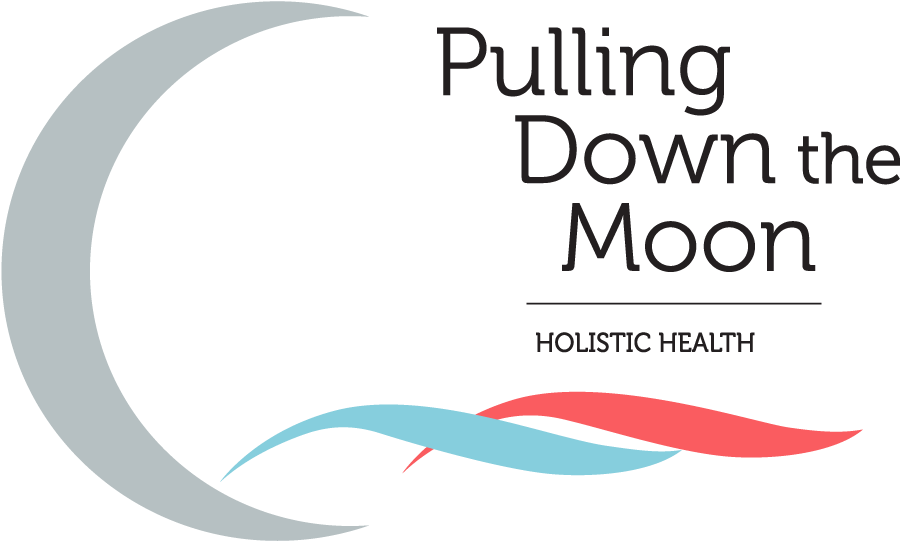Anna’s News: A TCM View of Polycystic Ovarian Syndrome
Polycystic ovarian syndrome (PCOS) is a common reproductive endocrine disorder and something we frequently treat at Pulling Down the Moon. Up to 75% of women with this diagnosis do not ovulate, which is hardly ideal when trying to conceive. In fact, it’s not until they have trouble conceiving that many women learn they have PCOS, which in addition to causing infertility can also have negative long-term health consequences including heart disease and diabetes.
In Traditional Chinese Medicine, PCOS is considered an anovulation disorder related to ovarian insulin resistance.* Chinese medicine initially acknowledged PCOS in the 1200′s describing it as a “Tian Gui” disorder, meaning a genetic disorder with the main symptoms being cycle irregularity and infertility due to anovulation. There are a number of TCM patterns of diagnosis to describe PCOS, the main one being a (Chinese) Kidney Deficiency. The kidney in TCM is the organ system that is regarded with any genetic disorder and considered the root cause in PCOS. The absence of the period, and therefore the absence of ovulation is a kidney pathology. Interestingly, modern science has just recently identified a genetic component to PCOS and now think of PCOS as a hereditary problem in which symptoms often do not present until later in life.
A secondary pattern in TCM is Spleen Deficiency, which has to do with the insulin resistance part of the PCOS diagnosis. The Chinese spleen is responsible for the metabolism of nutrients from foods, as well as the transformation and transportation of fluids in the body. In patients with actual cysts in the ovaries, TCM considers the spleen to be dysfunctional. This is also the organ that relates to weight gain. Obesity is seen in 30%-60% of patients with PCOS. By improving the function of the spleen we help regulate blood sugar and resolve the excess fluid accumulation from ovarian cysts and/or fat from weight gain. A third, related TCM pattern is Liver Stagnation, which can manifest as blood stasis or excess heat in the channels. Blood Stasis in the channels causes hair follicles to be nourished excessively creating coarse unwanted hair. This represents the hirsutism symptom, of which 70% of patients with PCOS have. Excess heat in the channels also promotes the acne component of PCOS.
When trying to improve fertility in patients with PCOS the primary focus is to induce ovulation. According to TCM pattern diagnosis, the main organs treated for this condition are the kidney, spleen, and liver. Treatment using TCM pattern diagnosis is greatly successful in inducing ovulation and a skilled TCM practitioner can use a combination of acupuncture, electro-acupuncture, moxabustion and herbal therapy to treat Polycystic Ovarian Syndrome.
*Different phenotypes of polycystic ovary syndrome by Rotterdam criteria are differently steroidogenic but similarly insulin resistant. Fertil Steril. 2010 Mar 1;93(4):1362-5. Epub 2009 Sep 26.
Share on Social
Discuss With Us
Our Latest Resources



